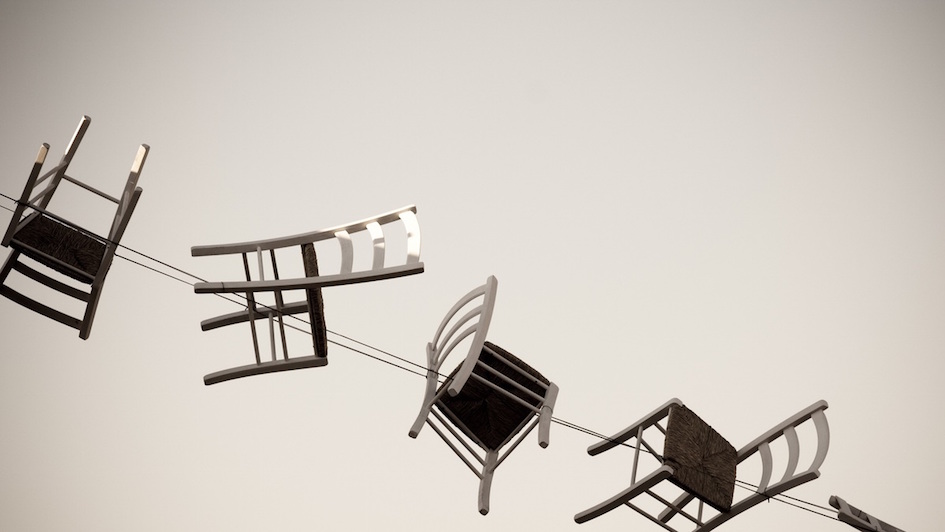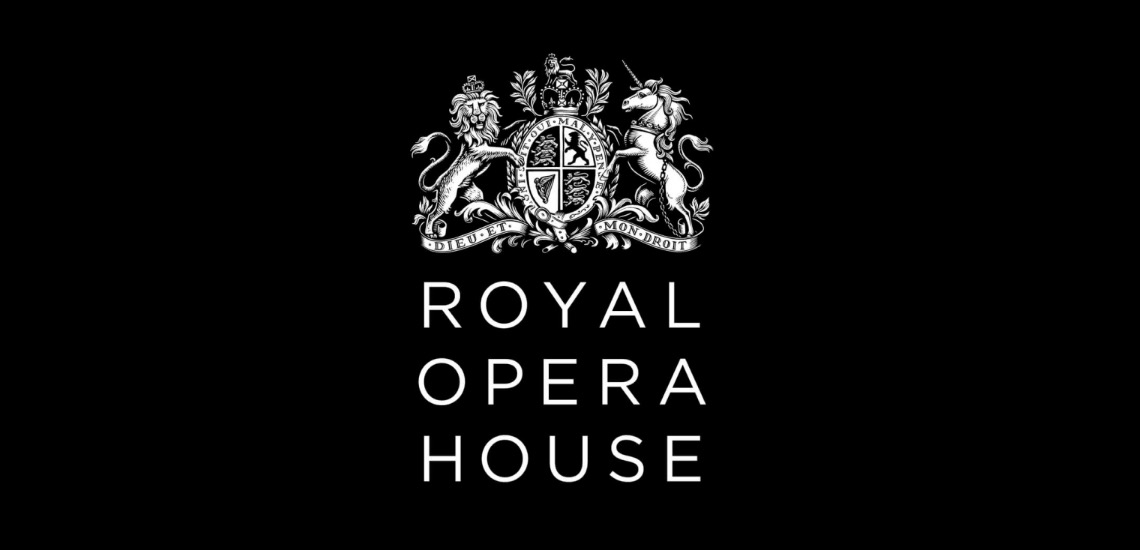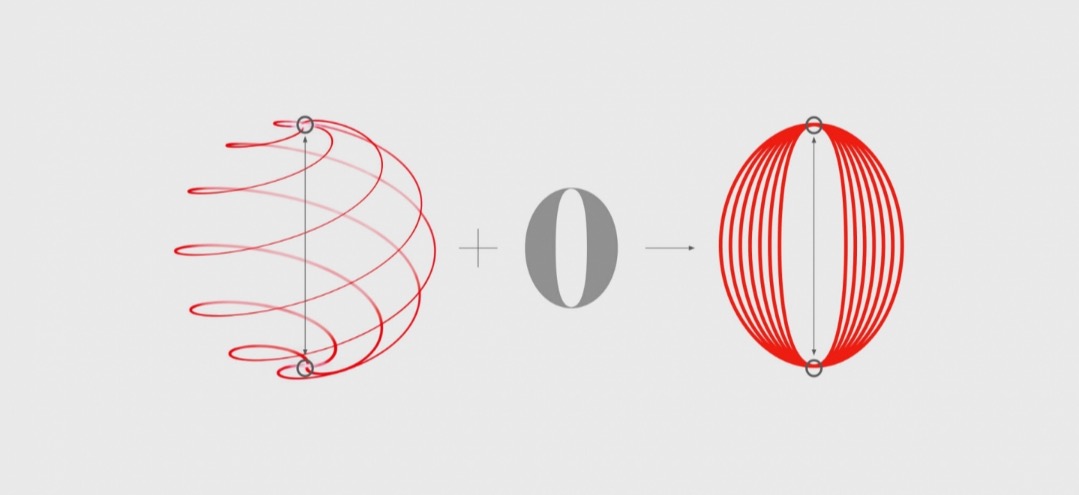
“I don’t care if it hurts. I want to have control. I want a perfect body. I want a perfect soul. I want you to notice. When I’m not around. You’re so f***ing special. I wish I was special. But I’m a creep, I’m a weirdo. What the hell am I doing here? I don’t belong here.”
These lyrics, from Radiohead’s “Creep,” outline the current commercial creative conundrum. They describe our predicament and our state of mind, yet no one’s prepared to discuss what binds us together. It’s seen as just too embarrassing.
Why are you reading this? Why can I safely assume that the majority of people who’ve made it this far into these words are largely designers, or those somehow working within a certain specific group of people, namely the commercial creative world?
How can I reliably assume this?
It’s because we are all the same. We’re connected by a common thread. A single unifying theme keeps us together, looking over our shoulders in each other’s direction — and it’s not just a love of words and pictures. At the design practice I work in, we have a very active internship scheme. In fact, the majority of us were, at one time, interns. Their pursuit of a creative dream in the various dreaming spires made them want to have a career in commercial creativity, but those that endure understand that losing is what they need to be ready for, not winning. When you are on the receiving end of a slap on the face — and experience it daily — you’ve got to find a way to cope with that awful sinking feeling that comes from hearing you don’t have what it takes this time around.
Losing is not cool, unless you are Radiohead then it’s a brilliant facade of sadness and downtrodden moments immortalised in sound (their new album is terrific by the way). But loss in the commercial world is not taken lightly. You can forget the Silicon Valley nonsense of “fail fast” — I’ve yet to meet a client who’s happy to fund failure.

If losing commercially is bad, seen to be losing in a social context is disaster. It’s definitely not something one looks for in people when choosing friends, colleagues, or a spouse, yet as designers and creatives it surrounds us in a sticky fog of unspoken worry. Losers are seen as the rejected of society, left to slide down the leg of success towards those not deemed worthy of receiving or dishing out warm handshakes, yet losing is what we, as commercial creatives, face more than any other feeling. It’s losing that leads us to any possible chance of success.
RELATED: The New Power of Brand Design: Branding Roundtable No. 19
I asked well over a hundred people in creative industries what they thought their ratio of winning-to-losing was. When I say win, I’m not talking pitches (as a design business that involves bespoke work, if you don’t hone your craft to a point where you can convey what you do without entering into a full-blown creative pitch, I think you’re in trouble). So the question was, how much of the work you do sees the light of day? Gets bought? Gets sold? Goes live? The results were shocking — and I’m a world class loser.
“We’re being paid to come up with ideas that transform their business, visions that will make them famous, thoughts that will echo around the planet, dreams of utopian futures — and ultimately solutions to all of the brands’ worldly problems.”
40% of respondents said that only around two in every ten ideas ever find a way to the surface. A further 35% of people said that, at best, only four out of ten projects went live. This is an incredible hit rate, or rather, lack of hit rate. I found these ratios incredible. If this was a product, it would have been pulled off the shelf in the first few months of its life. A washing powder that only worked two out of ten washes? That is not a good product. A watch that only tells the time twice a day is a broken one. No wonder clients find the creative industries frustrating. They don’t seem to work well at all.
Or do they? Is this low hit rate indicative of why the creative industries are so incredibly successful?
I believe, if you are not losing, you’re never going to get close to winning anything of note. The most applauded projects coming out of the studio are always hard won, nothing sails through. If it does, we get worried for it is bound to fail before it goes live. Gloomy? Sure, it’s exactly that outlook that helps make the work better. We are permanently ready for the kick in the teeth, the feeling of loss, that awful phone call letting you down gently, “I’m sorry. It’s not good news, but…”
“Of course!” I hear you cry, “It’s the bloody clients fault!” Nope. Our clients are often not at fault here. Much of the loss comes down to our own ambition. It’s us, not them. We’re pushing hard all the time to see if it breaks, to see if it fails, before those paying the bill have to. For every three routes a client sees, there are at least 12 that never make it out of the door.
It’s one of the reasons great creative work has a considerable price tag. There’s a lot that’s paid for that is never seen in the end result. As a client, you’re mostly protected from the massacre seen in most creative reviews. The blood of bland branding covers the walls in those things, but you have to go through them. You need the cull, however painful, otherwise it’s a disaster. I once showed all the work we did unedited to a client at their request. They just came away very confused, a bit ratty, and told us not to do it again. After all, we’re being paid to come up with ideas that transform their business, visions that will make them famous, thoughts that will echo around the planet, dreams of utopian futures — and ultimately solutions to all of the brands’ worldly problems, not to parade a bunch of misfits in front of them and hope for the best.
Great designers all think they have lucked out. They all lie awake at night thinking they are about to be found out in tomorrow’s meeting. They believe that somewhere, someone has made a fundamental error allowing them to slip through the net. They are getting to do what they love after all, and they are being paid — which can’t be right, can it? So they better not make too much of a fuss. And all that rejection? That’s entirely fine. That’s cool. Keep calm. Carry on. Here’s another option. Quick as a flash.

I was at a gigantic leviathan of a business recently where the head of design described her designers as “dogs.” When pressed, she went on to say what she meant was that designers “just want to please their owners,” so on the topic of being rejected, when they have dutifully returned the stick, they are only too happy to accept rejection and bound off to get it again when it’s thrown back across the field. And this was from someone who claimed to work within the design industry, not some battle-hardened brand manager. The rejection that designers experience matches any level of thespian slog so often discussed in Oscar acceptance speeches, yet we don’t have the luvvy nature to bring it up in public. It’s a private shame.
“It feels like we might be winning, but the truth is, these projects are the tip of the iceberg of loss. So many ideas died to give them to life, and in truth, they are all likely to get rebranded at one time or another, when they succeed further, get taken over, or experience a significant loss themselves.”
While the press and PR gurus sing up the wins and the bragging on Twitter & Instagram continues, the reality is that we are far more likely to be infrequently winning and frequently losing, but that’s not to say we are not gaining traction. Through our losers approach, we win with our peers, our clients, the sector, and indeed the nation. The creative industries contribute more to the U.K. economy than any other. Yep, they outperform everyone, even the “masters of the universe” honking around London’s Square Mile in their Ferraris, lighting rare cigars with flaming paper currency.
RELATED: The Responsibility of an Iconic Brand in A Changing World
Of course, the way we phrase things is crucial. What I call losing, the more sensitive might call iterative or collaborative — but for me, what we do more than anything else is think. That can be intellectual, but it can also be aesthetic. We use visual stimuli in almost every meeting internal and external. We think with pictures as well as with words and notions, and thoughts are the most fragile of all creative moments — so perhaps it’s no wonder we’re such losers?
It’s interesting to look at the accepted heroes of creativity and see what worked, and more interesting to conclude that no matter what your career does, you’ll likely be remembered for one thing. That could be a career of illustration, design, art, sculpture, and scandal, but, as in the case of Eric Gill who dabbled in all of these activities, they are left largely famous for a typeface that comes free with every computer. Or say you have a career in engineering, draughtsmanship, and as a trained electrician, but the one thing you do for free in your spare time becomes the London Underground Map and that, Harry Beck, is what you’ll leave behind for the kids. Even after a 40 year jog through your career of creativity, chances are you’ll leave a single mark that might, if you’re terrifically lucky, leave a smudge in history.
But don’t bank on it.
For the vast majority of those involved in commercial creativity, our impact is minimal, magical, and most likely invisible in the long term. Currently, as I travel around London, it feels like our work is everywhere. It feels like we might be winning, but the truth is, these projects are the tip of the iceberg of loss. So many ideas died to give them to life, and in truth, they are all likely to get rebranded at one time or another, when they succeed further, get taken over, or experience a significant loss themselves.

This is the game we chose to play and how we chose to play. We could make life far easier for ourselves. If we stopped backbiting on blogs, in front of our peers, our clients, and the wider world, we’d show a united front that could bind us more closely together than lamenting ever could, but that’s simply not in our nature, is it?
Designers. Just. Can’t. Leave. It. Alone. If we didn’t do it, then it’s not good enough, because every designer feels they can improve on something. No designer ever set out to make things worse, but while these public grievances stem from positive intentions, they only serve to help demean and destroy the sector. As the figurehead of loss and misery, Radiohead, puts it, “You do it to yourself, you do. And that’s what really hurts.”
SEE ALSO: Why We All Should Be Investing in Design
Witness the public slaughter of any rebrand of scale these days — this isn’t an accident. It’s a partial result of all the infighting and failure to recognise the bigger result of these empty “I don’t like it, it looks like…” statements from people who masquerade as designers. But what have they actually done? Why should we listen to them? Where’s their London Underground Map? Their Gill Sans? I hope the mindless design critiques from sideline design-hobbyists — who have stopped fooling around online long enough to pass a frivolous logo judgment on a deeply considered two year branding programme — have not irrevocably damaged design’s already fragile reputation with those who have the option to fund it.
All terribly gloomy right? Slit those iWatch clad wrists now? No, no, no … Stop!
The creative few are actually winning a war here, just not the big battles yet. Our relentless, but slow ascension towards respect in business circles is gaining ground. Our cries of creativity in the boardroom are echoing on the front cover of Harvard Business Review. Our more lateral approaches to innovation for products, organisations, and services are being publicly recognised. We may soon see a tipping point where we’re not looked as those who struggle to add up or spell, but as an answer to big business prayers.
We’ll just have to keep on losing. It’s the only way we’ll win.